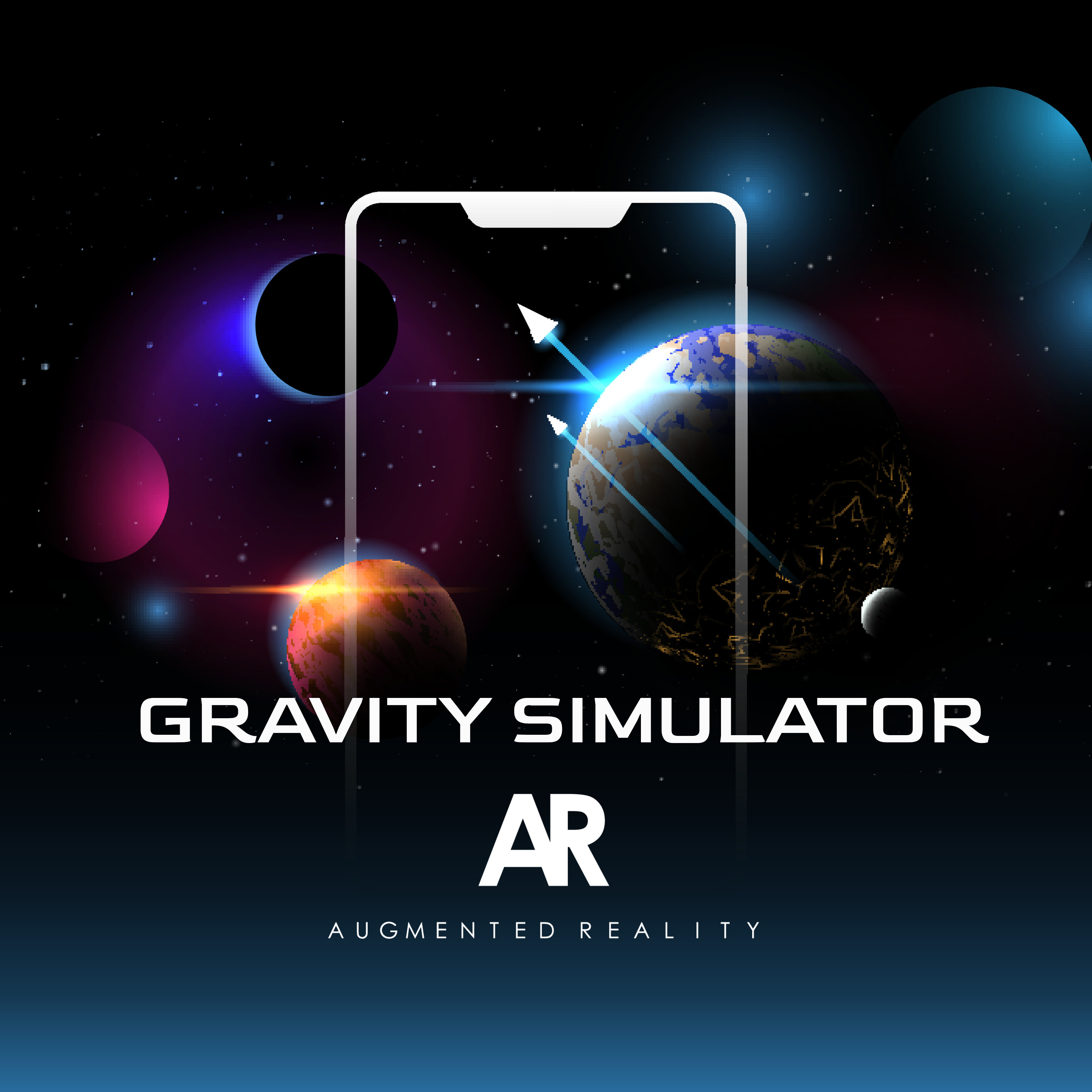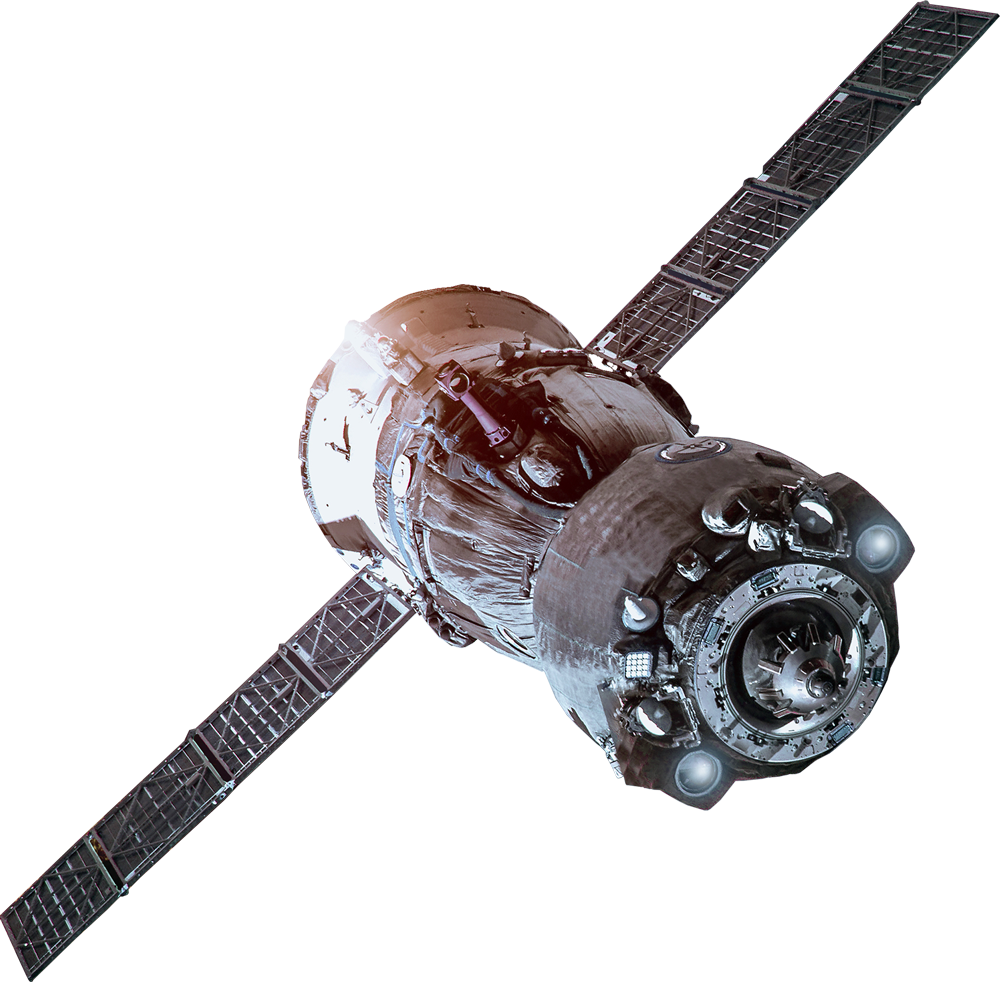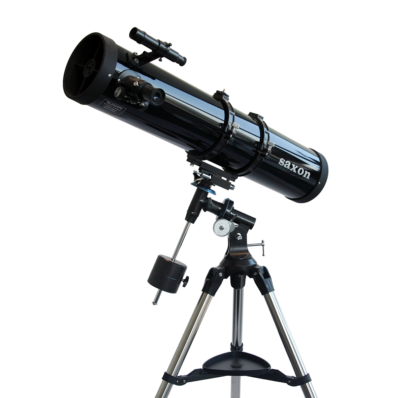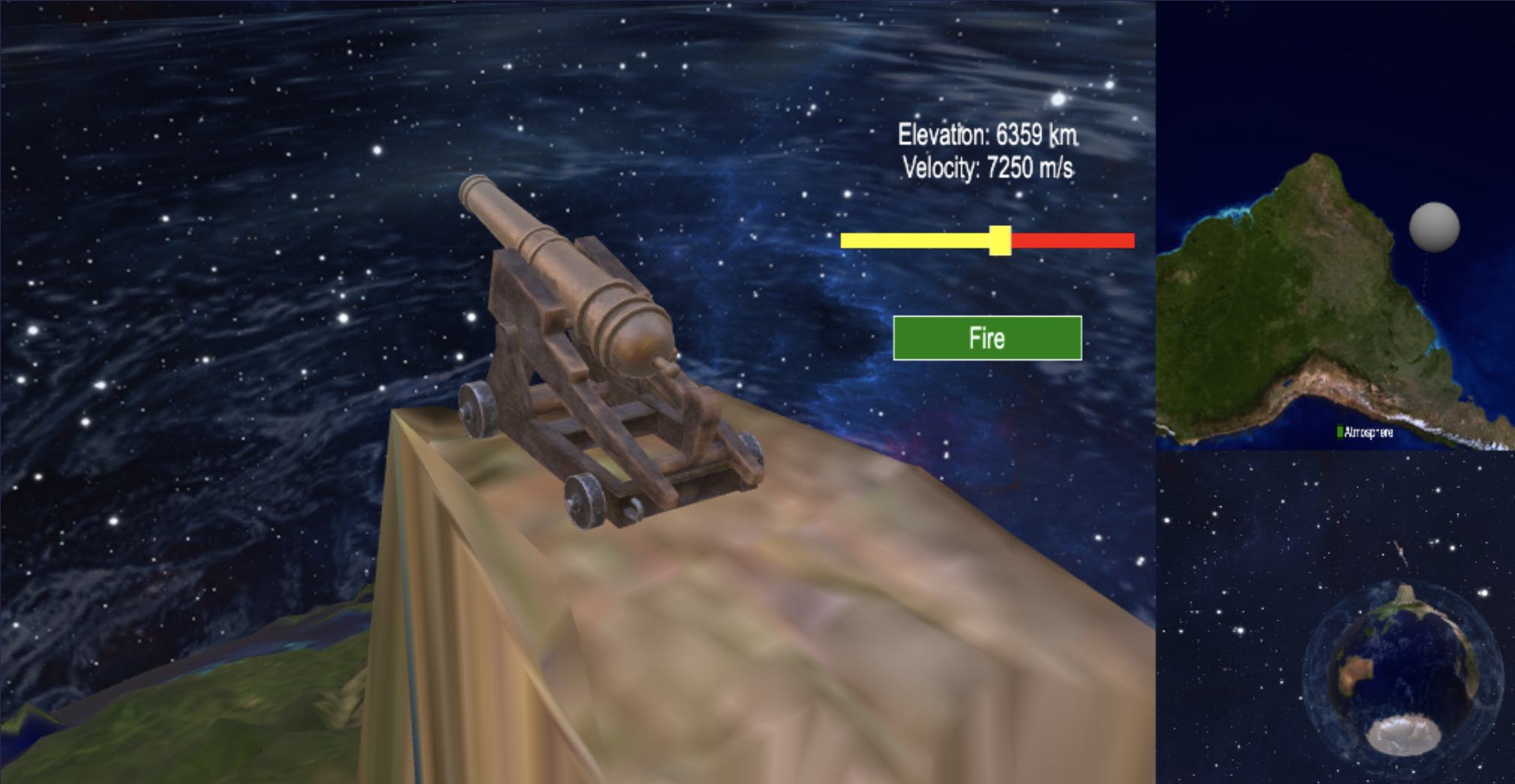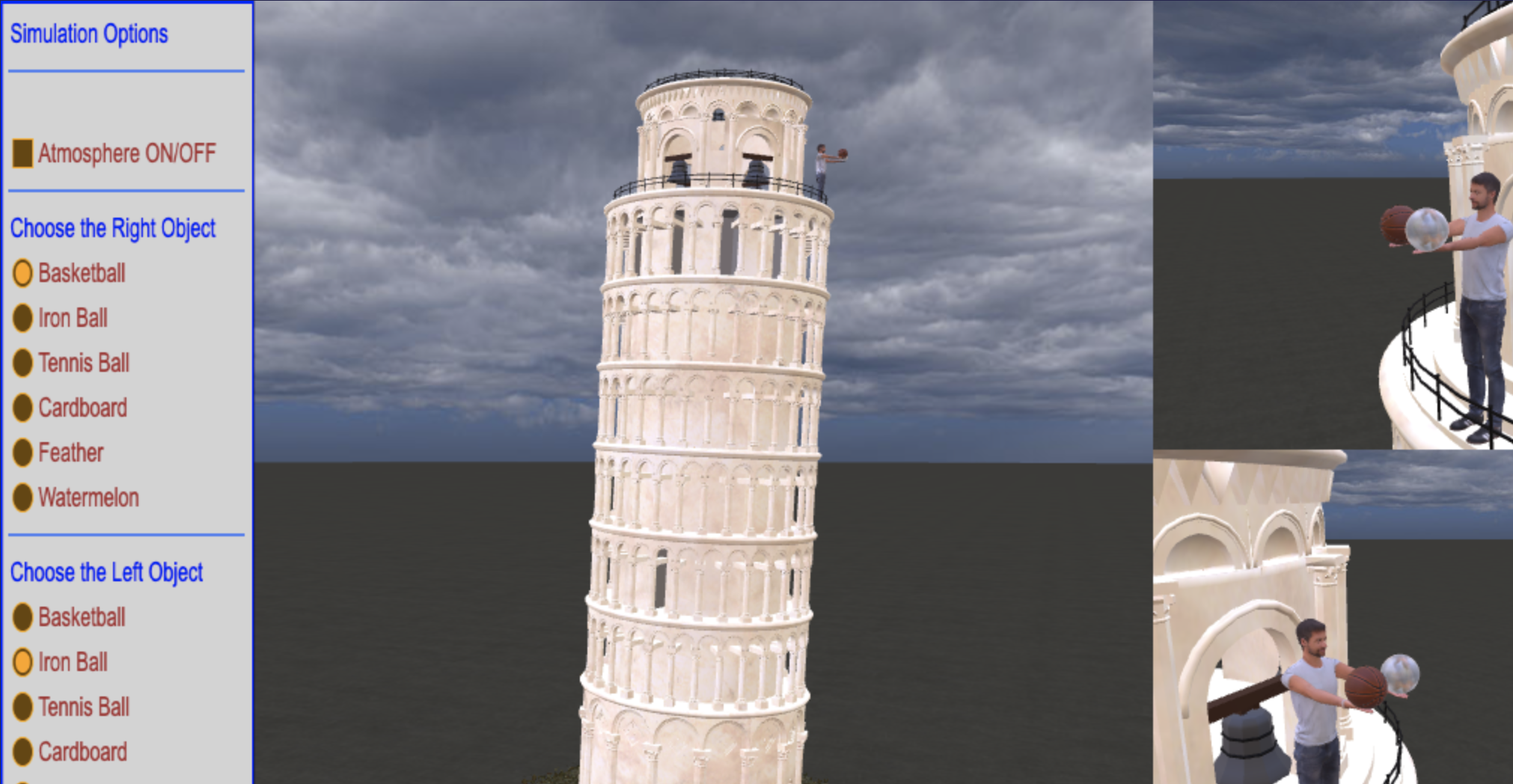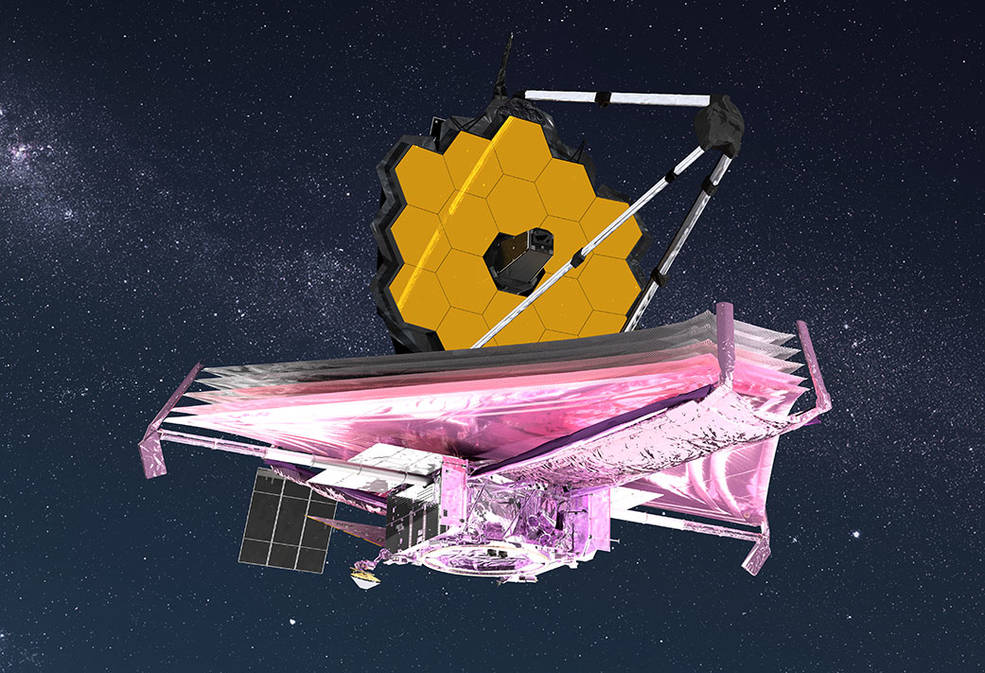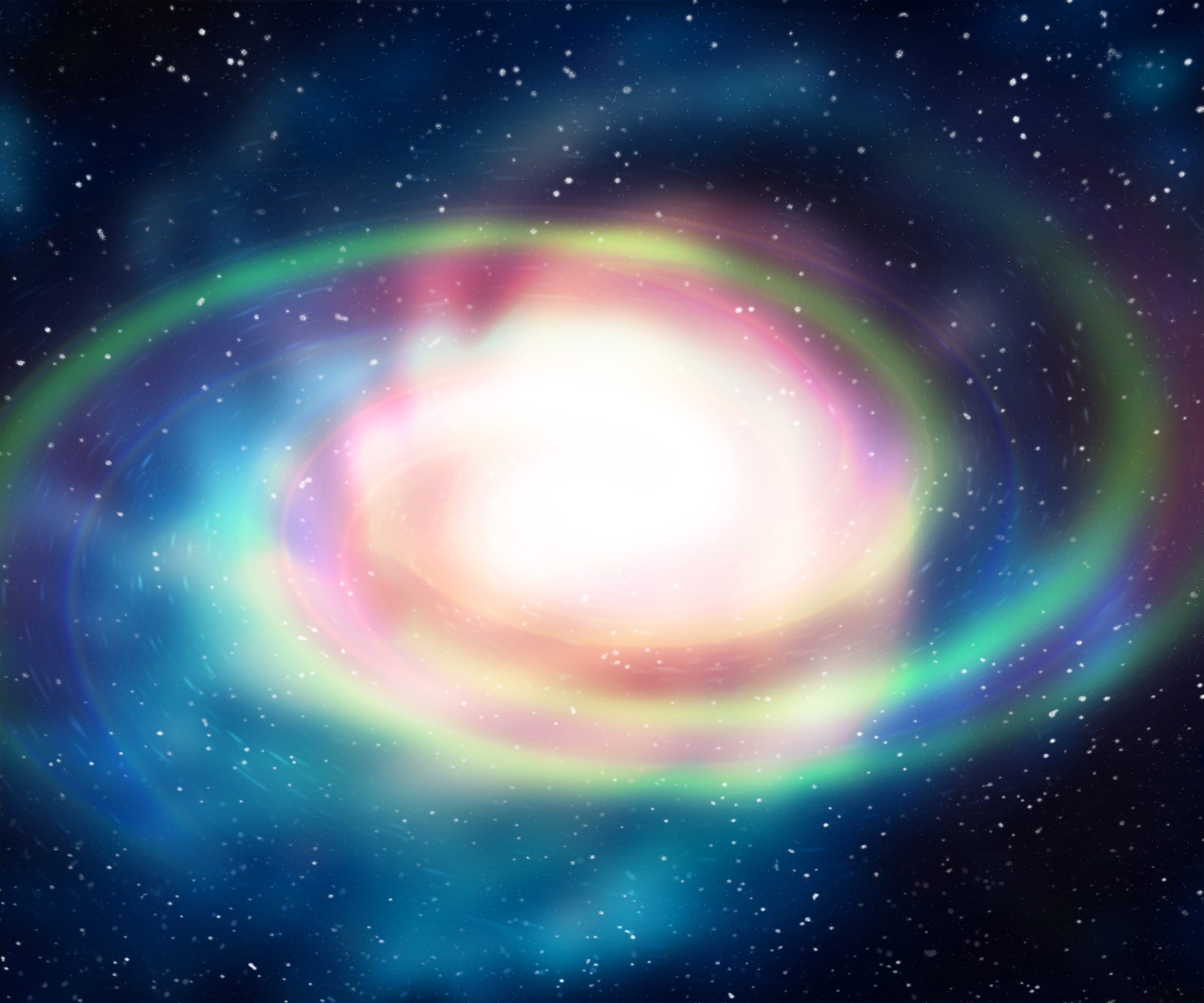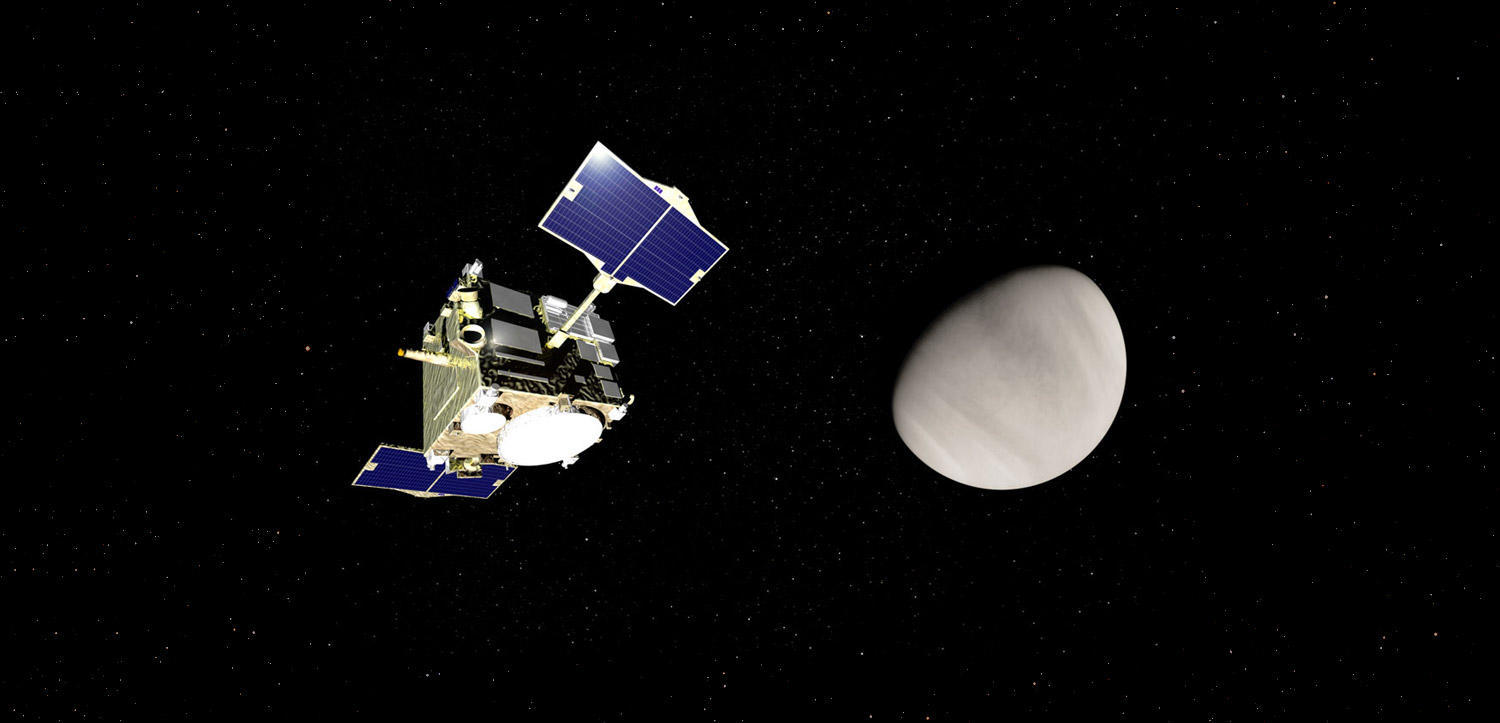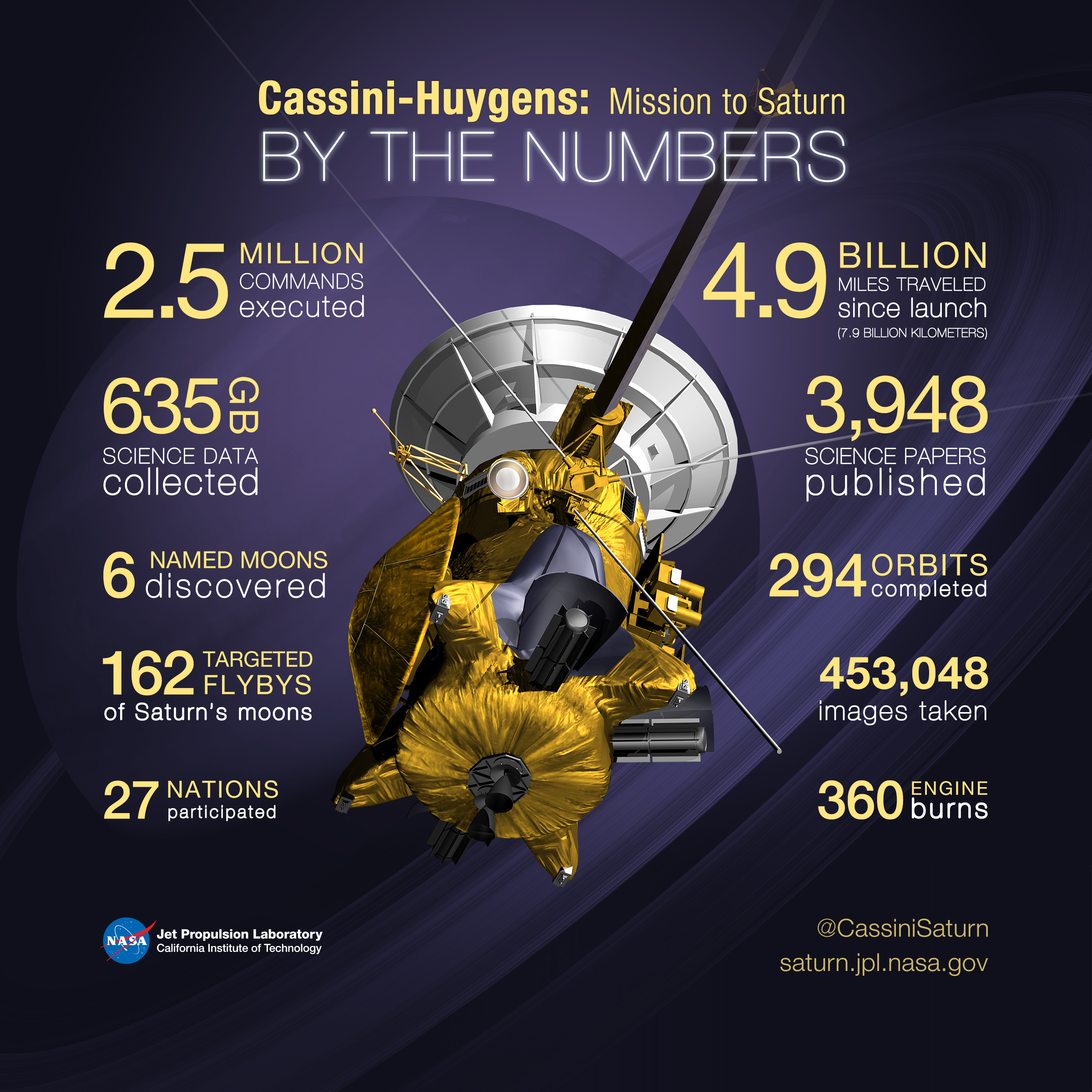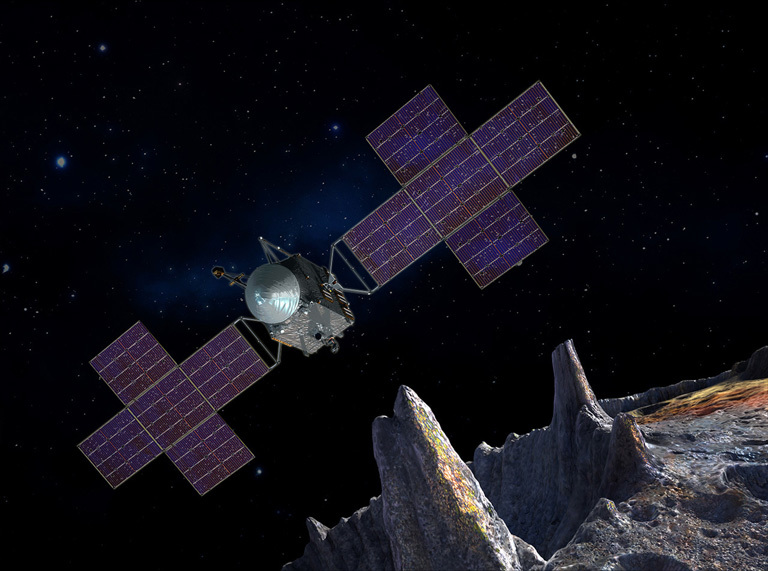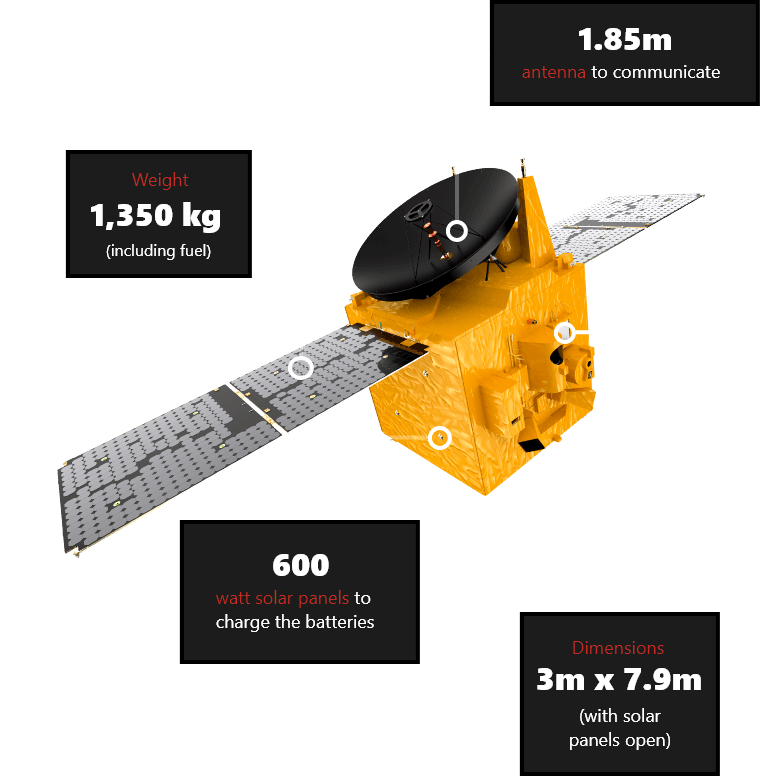Maya – The Gravity Well
“Maya” – Gravity Simulator Kit
Experience and Visualize how Gravity warps space-time using our Gravity Well Simulation Kit. This Kit provides a visual experience to simulate gravity using objects of varying mass. Our Augmented reality App complements this simulation to understand and experience Gravity better
“One of the Best Gravity simulation Kit that’s available in the Market. My Kids and I personally enjoyed it. This is a must-have experience for any new Astronomy learners.”
Nick Jones
Very simple and easy to use app for simulating Gravity. I was able to play with the gravity simulator in my home.
Ricardo Gonzáles
HIGHSCHOOL STUDENT
— Learn & Expriment
Rocket Science
Have you heard the saying, “It’s not rocket science?” Some people think rocket science is a difficult subject to understand. When someone says, “It’s not rocket science,” they mean that something is not too difficult. Rocket scientists are brilliant people, but rocket science is based on concepts you probably already understand. The same basic science concepts and laws work in both huge NASA rockets and small paper ones.
Simple and easy to understand. Interactive simulation to understand the concepts
Jacques-Yves Costeau
High school student

Simple and easy to understand. Interactive simulation to understand the concepts.
Jane Doe
hIGH SCHOOL STUDENT
Learn more about Telescope
Telescope Guide
REFRACTORS - Mid-level performance, portable.
DOBSONIANS - Best performance, less portable
CATADIOPTRICS - Planetary performance, portable, pricey.
Recent Posts

Get exclusive updates from Cirsy.com
Subscribe to our newsletter and don’t miss anything.
We promise we will not spam you!
Follow us
#SpaceLearning




